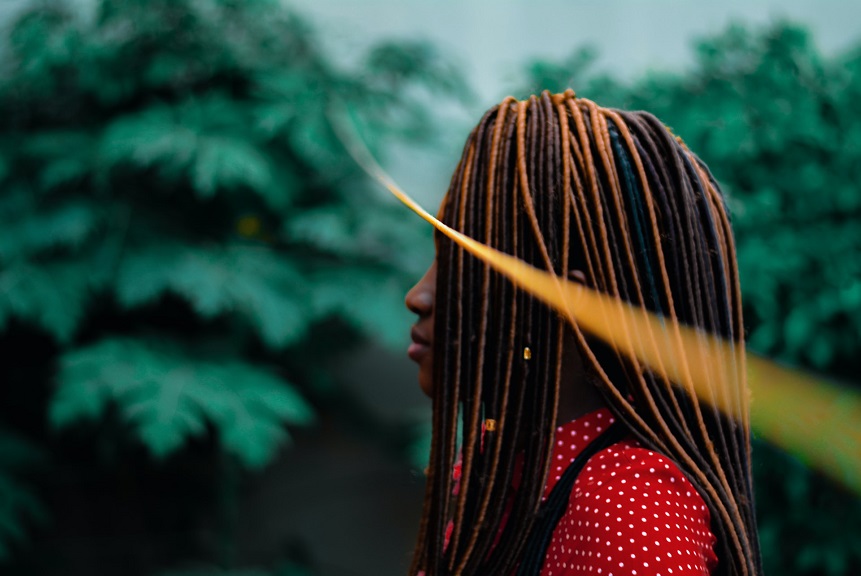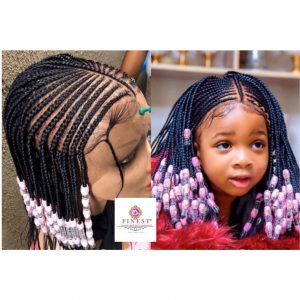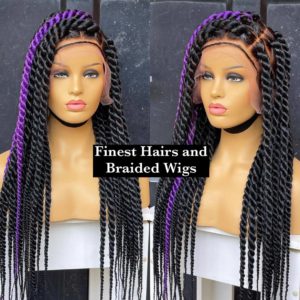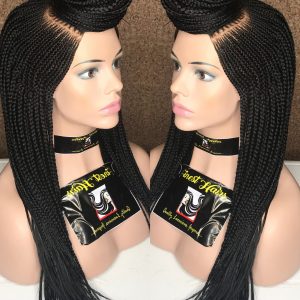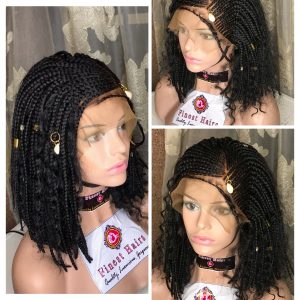Locs are such a beautiful and one of the protective hairstyles for your natural hair. They are very much like loose hair but yet so different and unique in their way.
Caring for locs, also known as dreads or dreadlocks, is one thing that many people sadly underestimate. For reasons unknown, people commonly believe that locs are a low maintenance style and so a routine would look like this: Pay a periodic visit to a loctician. Have your hair washed, retied, matted down. Do nothing until the next appointment.
Well, that is wrong. Like all other hair types, locs require care and attention so that they can be healthy and thrive to the wearer’s delight.
So, whether you’re new to the game or you’re still considering taking the loc leap, here at 7 tips to get you started on a loc hair care regimen:
- Moisturize your locs: Don’t be deceived, just because locs are bulkier than loosened hair does not mean that they don’t need to be moisturized. Dryness can affect any kind of hair, and the worst thing to deal with is dry, brittle locs. They are more prone to breakage and can snap off at the slightest tug. On the flip side, you don’t want to bunch up your locs while they are wet as it could lead to odours. Improper drying may also cause this. Let them dangle till absolutely dry before styling. Using the classic leave-in conditioner, light oils (like argan, jojoba or rosehip) and water mix to spritz over your hair regularly.
- The ‘conditioner’ controversy: Many loc enthusiasts believe that regular and deep conditioning can unravel your locs especially when they’re still relatively new. And so, the ACV Rinse (apple cider vinegar) has become a popular alternative. This helps to rinse out the hair, soften, smoothen and clarify the scalp. Whatever you choose, don’t deprive your hair of the opportunity to be strong, healthy and dirt-free.
- Keep your hair protected at night: What happens after a great day where your locs were the highlight of every place you entered? Do you just sink into your bed and let your locs fall, scattered carelessly across the cotton bedspread? Experts recommend that you sleep on a silk/satin pillowcase if you like your hair free or wrap them up with a silk scarf or bonnet. Cotton fabric absorbs moisture, meaning that if you leave your hair open, your locs will lose what little moisture you have in them.
- Regular washing: Washing your locs is an important part of loc care. This cleans your scalp and hair, removing any product build-up, lint, or excess oils in your locs. As such, you want to go for sulphate-free shampoo and conditioners or anything that leaves residue in your hair. But then, what constitutes ‘regular washing’? This will depend on you, on your locs (how thick and bulky they are) and your lifestyle (exposure to sweat, dust, debris and other similar activities that may require more frequent washing).
- Ensure your locs are properly dried: Drying is a key phase that determines how well your locs come out of each washing session, and if well done, even up till the next one. Gently wring out as much water as you can after washing, holding the hair in sections. Be careful not to squeeze, starting near the roots and slowly working your way down toward the tip/ends. Then, finally, wrap the hair in a microfibre towel till the dripping stops. Then unravel the cloth, dry appropriately and style as desired. Remember, you don’t want to end up with damp, musty locs.
- Scalp care: Healthy locs grow out of healthy scalps, and so ensure to get scalp massages that help to stimulate blood flow to the follicles and increase hair growth. Again, you don’t want to clog your pores, so go for lightweight, absorbent oils that allow for easy penetration, soothe the scalp and relieve itchiness and dryness.
- Friendly styling options: Just like edges are a favourite part of the conversation for afro-haired people, your edges are also equally important. When styling your locs, avoid choosing what would put tension on your edges and cause excess stretching. Also, remember that as your locs grow longer, they will get heavier. You may not think so, but your edges are delicate and if your locs are styled too tightly, they can get pulled at, causing thinning, bald patches and traction alopecia. Trust us, locs look better, richer and less painful without tension to the edges.
BONUS: Yes, we know we said 7 tips but this is the topmost thing you want to consider. Engage expert help. A loctician has the required experience and insight to help you on this journey, especially if you’re new to it. They have worked with locs of all types for many years and understand the way it works. So, get one and let them help you on this journey to thriving locs.
And if you’re still unsure whether to go all in, you can test the look with loc wigs to get a preview into what you would look like with full-on locs. Here’s to hair adventures. Cheers!
Faux Locs Installation video

